Remember when a crumpled dollar bill in your pocket felt like real spending power? Back in the day, a single George Washington could unlock a world of possibilities that went far beyond today’s dollar menu disappointments. These weren’t just cheap trinkets or throwaway purchases – they were the small things that shaped our childhoods, fueled our dreams, and created memories that lasted decades. Here’s a nostalgic trip through the checkout line of yesteryear, when a buck could still buy you something that actually mattered.
1. Comic Books (25-35 cents)
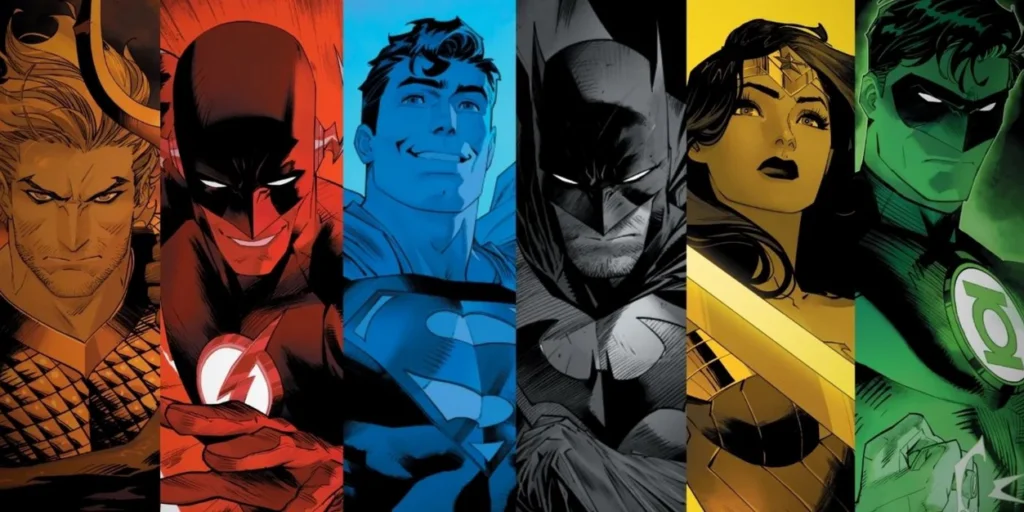
A shiny quarter or a few dimes could transport you to entire universes filled with superheroes, romance, and adventure that lasted way longer than any candy bar. Comic books weren’t just entertainment; they were portable magic that turned boring car rides into epic journeys and rainy afternoons into adventures with Superman, Spider-Man, or Wonder Woman. The smell of fresh ink and cheap paper became the scent of possibility, and that moment when you cracked open a new issue was pure anticipation made tangible.
These colorful booklets taught us to read better than any textbook ever could, introducing vocabulary that ranged from “POW!” to surprisingly sophisticated storylines about morality and heroism. Trading comics with friends created our first real economy, where a mint-condition Batman was worth three beat-up Archies and everyone knew the exchange rates by heart. Sure, our parents thought we were rotting our brains, but we were actually learning about storytelling, art, and the eternal struggle between good and evil – all for the price of lunch money.
2. 45 RPM Singles (69-99 cents)
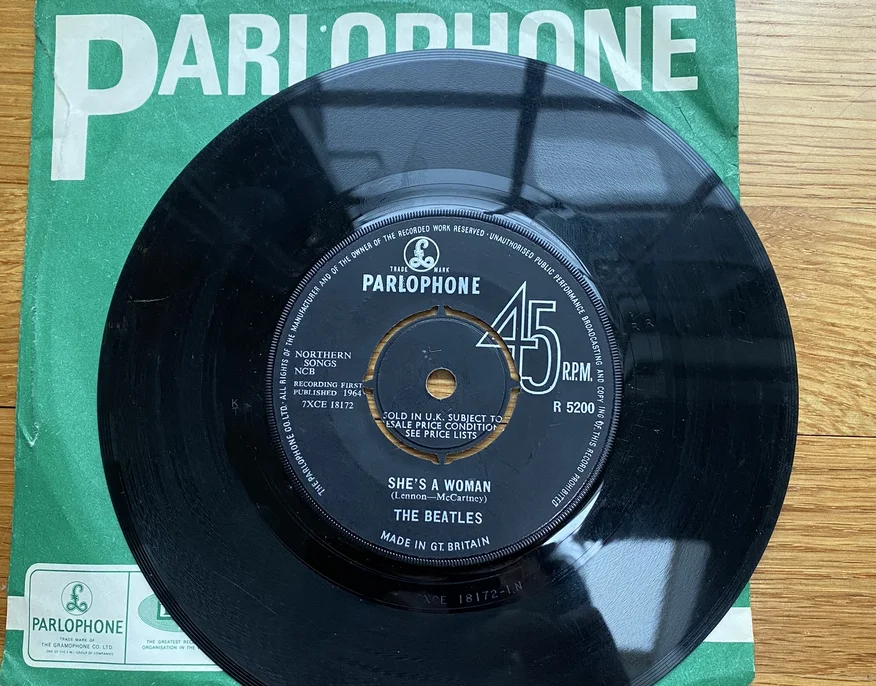
Before Spotify and iTunes, owning your favorite song meant scraping together enough change to buy a 45 RPM single, complete with that iconic large center hole and a B-side that was usually either terrible or surprisingly amazing. These little vinyl discs were pure musical magic, giving you the power to play “Love Me Tender” or “I Want to Hold Your Hand” whenever your heart desired, as long as you could operate a record player without scratching the grooves. The ritual of carefully placing the needle just right became as important as the music itself.
That first single you bought with your own money felt like claiming a piece of the cultural zeitgeist, whether it was “The Twist,” “Mrs. Robinson,” or “Dancing Queen.” The B-sides often introduced us to deep cuts that never got radio play, making every purchase a little gamble that sometimes paid off with hidden musical gems. These records weren’t just songs; they were physical proof that you had taste, that you were part of something bigger, and that music was important enough to spend your precious allowance on.
3. Candy Bars (5-25 cents)
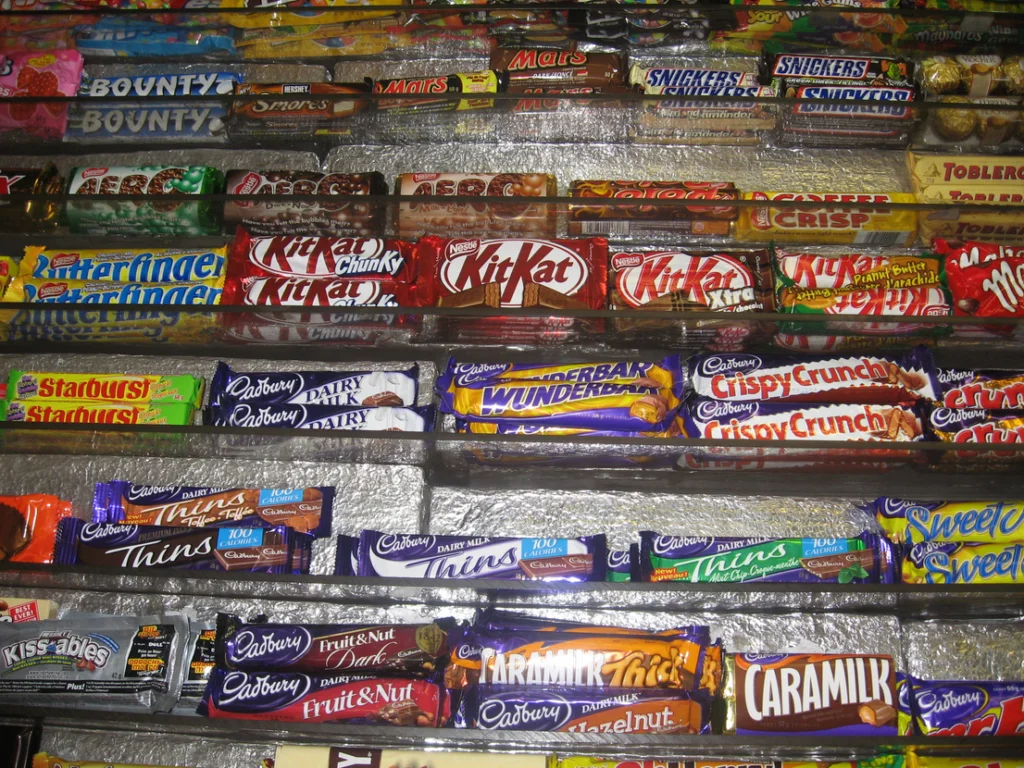
Back when candy bars were the size of small bricks rather than today’s diet-friendly slivers, a quarter could buy you enough chocolate to share with friends or hoard like a sugary dragon. A Hershey’s bar, Snickers, or Three Musketeers wasn’t just a snack; it was currency, comfort food, and sometimes the difference between making friends and eating lunch alone. The corner store candy aisle was our Wall Street, where we made serious financial decisions about whether to go with reliable chocolate or gamble on something exotic like a Charleston Chew.
These weren’t just treats; they were childhood fuel that powered bike rides, sleepovers, and movie marathons when a night at the cinema still felt like a special occasion. Sharing a candy bar created bonds, trading different types taught us about negotiation, and saving one for later required willpower that would serve us well in adulthood. The simple pleasure of peeling back that wrapper represented pure, uncomplicated happiness that somehow tasted better when it only cost a few coins from the couch cushions.
4. Mad Magazine (25-50 cents)

Mad Magazine was subversive literature disguised as comedy, offering biting satire that taught us to question authority while laughing at Alfred E. Neuman’s gap-toothed grin. For the price of a candy bar, you got sophisticated humor that parodied everything from politics to pop culture, introducing concepts like irony and social commentary to young minds that weren’t getting that kind of education anywhere else. The fold-in back cover alone was worth the cover price, turning innocent images into hilarious reveals with a simple paper fold.
This wasn’t just entertainment; it was a masterclass in critical thinking wrapped in jokes about TV shows and politicians. Mad taught us that it was okay to laugh at sacred cows, that adults didn’t always know what they were doing, and that humor could be a powerful weapon against stupidity and hypocrisy. Parents who discovered Mad hidden under our mattresses probably had no idea they were looking at the foundation of our future ability to detect nonsense and call it out with a well-timed joke.
5. Baseball Cards with Bubble Gum (5-10 cents)
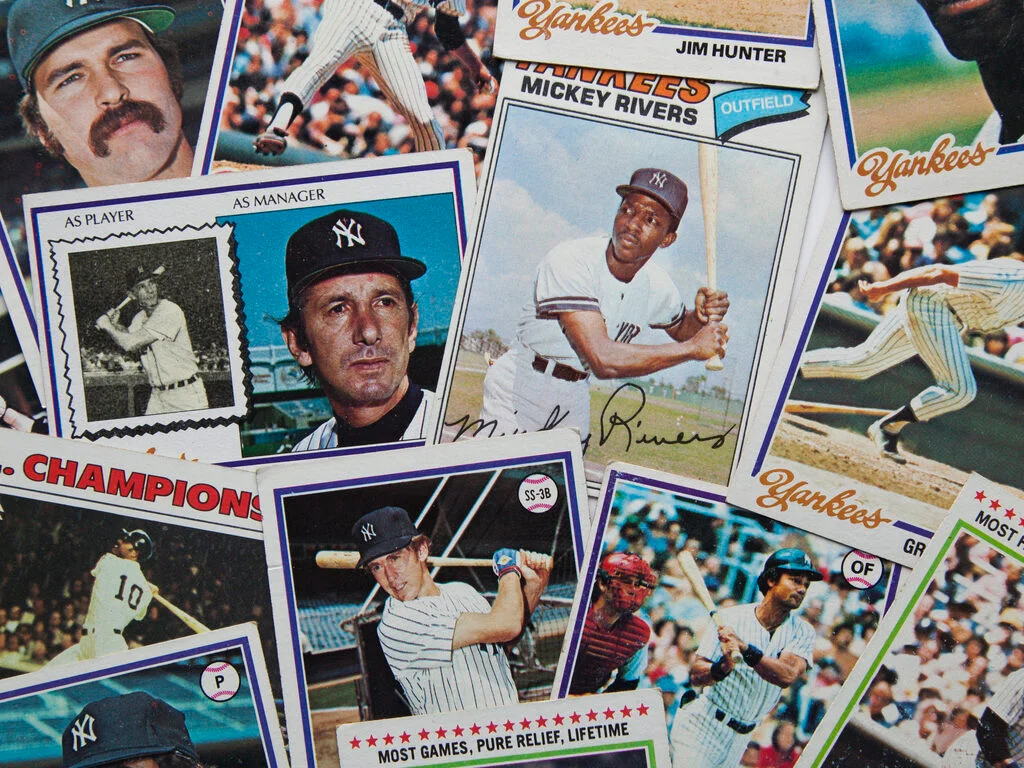
A nickel or dime bought you not just a stick of rock-hard pink bubble gum, but a chance at baseball immortality in the form of collectible cards featuring your heroes in their glory days. Opening a pack was pure gambling excitement – would you get a Mickey Mantle, a Willie Mays, or another duplicate of some benchwarmer you’d never heard of? The gum was terrible, but nobody bought these for the confection; we bought them for the dreams and the statistics printed on the back.
These cards taught us math through batting averages, geography through team locations, and economics through the complex trading systems we developed with neighborhood kids. A rookie card could make you rich (in playground currency), while common cards became bicycle spoke decorations that created the distinctive sound of childhood summers. The smell of that awful gum mixed with cardboard became the scent of possibility, and collecting complete sets required dedication, strategy, and the kind of organizational skills that would serve us well in later life.
6. Wax Lips and Fake Mustaches (10-25 cents)

These ridiculous novelty items turned any kid into a master of disguise or comedy, proving that sometimes the best entertainment came from looking absolutely ridiculous. Wax lips weren’t just silly accessories; they were instant confidence boosters that transformed shy kids into comedic performers who could make adults laugh and forget their troubles for a moment. The waxy taste was awful, but the power to become someone else entirely was worth every cent of that quarter.
Fake mustaches, whether they stuck properly or not, were tickets to adventure and imagination that turned ordinary afternoons into spy missions or comedy shows. These simple costume pieces taught us that humor was a valuable social skill, that sometimes looking foolish was the bravest thing you could do, and that making people laugh felt better than almost anything else. Sure, they were cheap and disposable, but the confidence and joy they provided lasted long after the wax had been chewed and the adhesive had given up.
7. Jiffy Pop Popcorn (39-59 cents)

Before microwave popcorn made everything easy, Jiffy Pop was kitchen magic that turned stovetop cooking into an exciting science experiment with delicious results. Watching that aluminum dome expand as the kernels popped was mesmerizing entertainment that made you feel like a real chef, even if your only skill was shaking a pan over medium heat. The distinctive sound of kernels hitting aluminum and the growing silver balloon meant that movie night was about to get serious.
This wasn’t just a snack; it was an event that brought families together around the stove, taking turns shaking the pan and guessing when it was done. The ritual of making Jiffy Pop taught patience, timing, and the importance of not walking away from the stove when something magical was happening. Sure, half the kernels usually burned and the aluminum was impossible to recycle, but the satisfaction of creating something delicious from what looked like a weird science project made every batch feel like a small victory.
8. Matchbox Cars (59-89 cents)
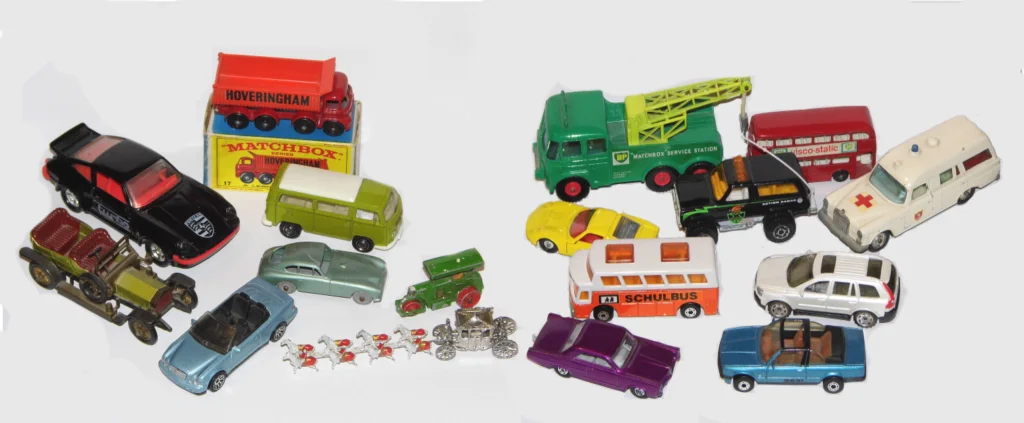
These tiny metal vehicles were marvels of engineering that could survive being run over by actual cars, buried in sandboxes, and launched from homemade ramps with enough force to dent walls. Each car was a miniature work of art, perfectly detailed and built to last through years of aggressive play that would destroy lesser toys. Collecting them became an obsession that taught us about different car models, brands, and the satisfaction of organizing things by color, type, or speed potential.
The beauty of Matchbox cars wasn’t just their durability; it was their versatility in creating elaborate play scenarios that could last for hours. They worked equally well in sandboxes, bathtubs, or elaborate track systems made from books and cardboard tubes. These little cars sparked imagination, taught us about physics through crash tests, and provided the foundation for understanding that good things really did come in small packages – a lesson that served us well when we started shopping for real cars decades later.
9. Silly Putty (50-75 cents)

This bizarre pink substance wasn’t quite a toy and wasn’t quite a tool, but it was definitely magic that could copy newspaper comics, bounce higher than rubber balls, and stretch into impossible shapes that defied physics. Silly Putty taught us about properties of matter in ways that no science textbook could match, demonstrating concepts like elasticity, viscosity, and the joy of discovering something that didn’t follow normal rules. The distinctive egg-shaped container became as iconic as the putty itself, turning every purchase into an unwrapping ceremony.
The real magic happened when you pressed it against the funny pages and peeled it back to reveal a perfect transfer of Dick Tracy or Peanuts, creating your own portable comic collection that you could stretch and distort for hours of entertainment. This wasn’t just a toy; it was a gateway to understanding that some of the best things in life didn’t fit into neat categories, and that play could be educational without feeling like homework. The lessons learned from manipulating that pink blob – patience, experimentation, and the joy of simple pleasures – stuck with us long after the putty had collected too much lint to be useful.
10. View-Master Reels (50-75 cents)
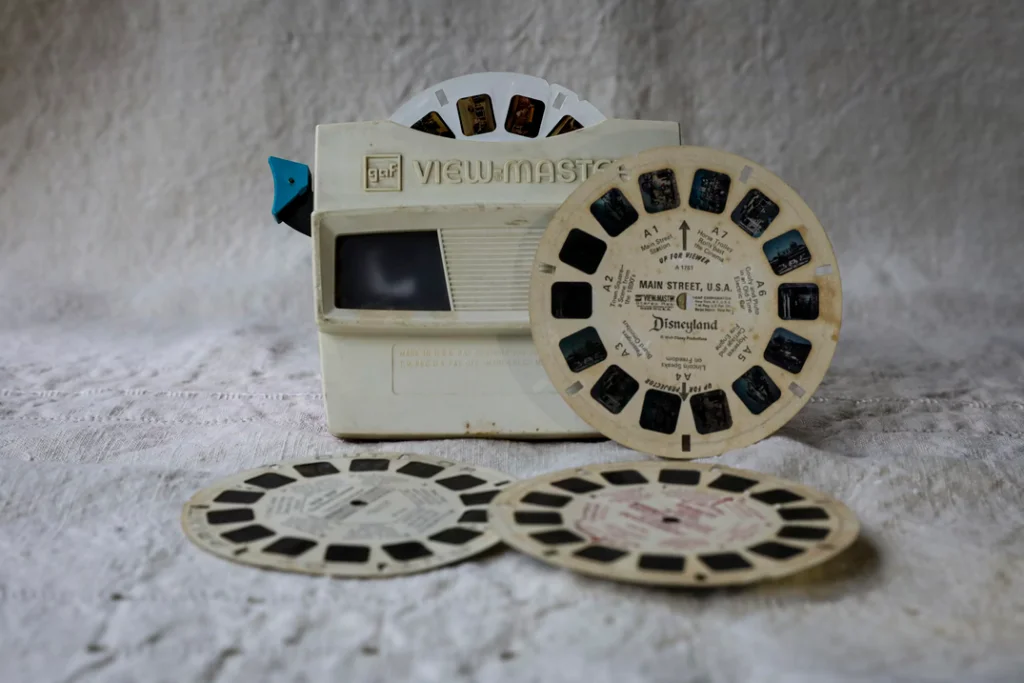
Each View-Master reel was a vacation you could take without leaving your bedroom, transporting you to exotic locations, fairy tale lands, or behind-the-scenes glimpses of your favorite TV shows in glorious 3D. The distinctive clicking sound as you advanced through the seven stereoscopic images became the soundtrack of imagination, and holding that red plastic viewer up to your eyes was like putting on magic glasses that revealed hidden worlds. These weren’t just pictures; they were portals to places most of us could only dream of visiting.
The educational value was sneaky but real, as reels about national parks, world landmarks, and nature scenes taught geography and science through stunning visuals that made learning feel like entertainment. Collecting different reels became a way to explore interests and discover new passions, whether your tastes ran toward Disney characters or actual photographs of the Grand Canyon. The View-Master proved that sometimes the best journeys happened while sitting perfectly still, and that imagination was the most powerful travel agent of all.
11. Cracker Jack Boxes (15-35 cents)

The prize inside was always the real reason for buying Cracker Jack, turning a simple snack into a treasure hunt that taught us the fine art of delayed gratification. You had to eat through sticky caramel corn and peanuts to reach the small wrapped prize at the bottom, which could be anything from a plastic whistle to a temporary tattoo to a small toy that would break within hours but provide memories that lasted decades. The anticipation of digging through the box was often better than the actual prize, but somehow that made it even more special.
These boxes taught us that good things come to those who wait, that sometimes the journey is more important than the destination, and that a surprise doesn’t have to be expensive to be exciting. The prizes connected us to other kids across the country who were having the same experience, creating a shared culture of small plastic toys and paper fortunes that bound us together in ways we didn’t fully understand at the time. Sure, the toys were cheap and the fortunes were generic, but the joy of discovery and the ritual of earning your prize through snack consumption created a template for finding happiness in small, unexpected places.
12. Slinky (98 cents)
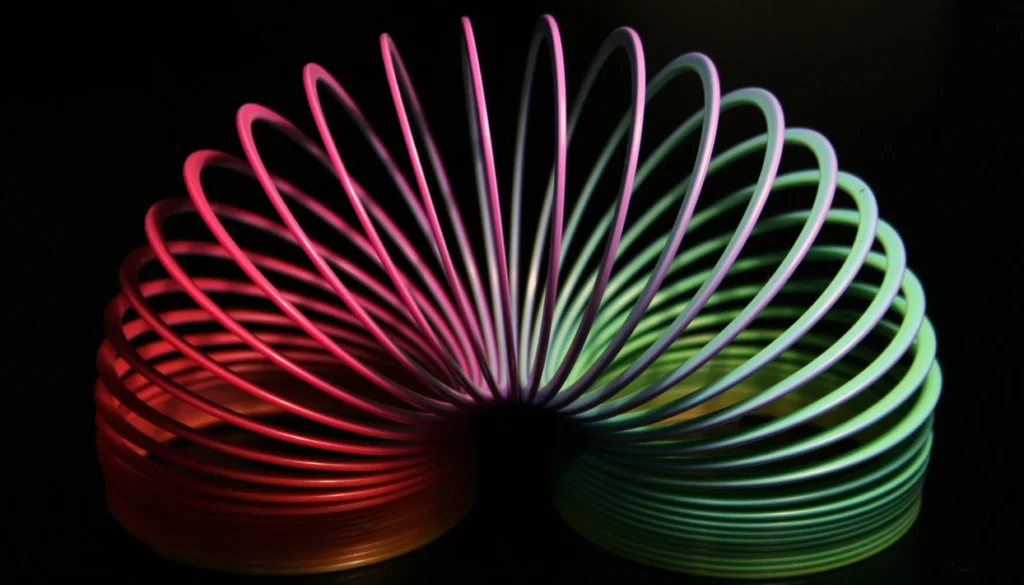
For under a dollar, you could own a spring that defied gravity, walked down stairs by itself, and provided endless entertainment that required no batteries, assembly, or adult supervision. The Slinky was physics made fun, demonstrating concepts like potential energy, momentum, and the joy of watching something simple do something amazing. That distinctive metallic sound as it walked down steps became the soundtrack of childhood, and the satisfaction of getting it to perform its walking trick never got old.
This wasn’t just a toy; it was a gateway to understanding that some of the most amazing things in life were also the simplest, and that entertainment didn’t require complicated electronics or fancy packaging. The Slinky taught patience as you learned to make it work properly, creativity as you found new ways to play with it, and the valuable lesson that sometimes the best inventions were happy accidents that someone was smart enough to recognize. When it inevitably got tangled into an unusable mess, you learned about entropy, frustration, and the importance of treating good things carefully – lessons that served you well beyond the staircase.
Those were the days when a dollar felt like real money and small purchases could create big memories. We learned the value of saving, the joy of anticipation, and the satisfaction of choosing wisely from a world of affordable possibilities. Sure, inflation has made those prices seem laughably low, but the lessons learned from those under-a-dollar purchases – about patience, imagination, and finding joy in simple things – turned out to be priceless investments that paid dividends for decades to come.
This story Things You Could Buy for Under a Dollar That Actually Mattered was first published on Takes Me Back.


